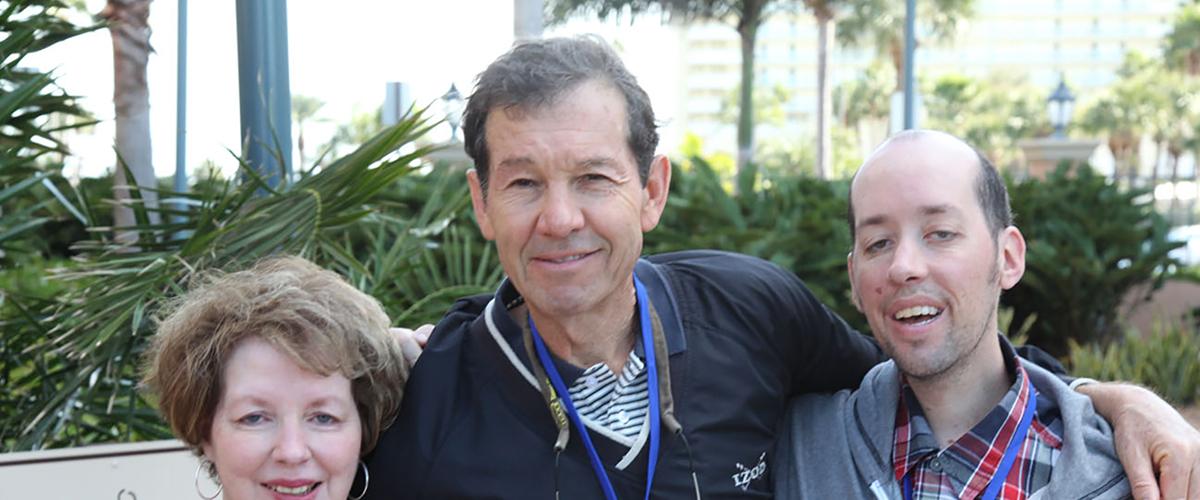Value of Registries?
The existence of patient registries is essential to establishing clinical trial readiness for any rare disease. Without the ability to identify and characterize patients, it is virtually impossible to develop and validate biomarkers and clinical outcome measures necessary for decision-making in interventional clinical trials. Any advances in a highly heterogeneous disease such as DM require standardized, longitudinal data collection and analysis from as well-powered a cohort as possible. While safe and effective therapies are under development, an understanding of disease progression and assessment of the efficacy of existing care management strategies gained through well-powered registry studies can make a meaningful difference in patient care. It then is important to capture lessons learned from all existing DM patient registries, as well as those ongoing for other neuromuscular diseases, to both improve patient care now and gain knowledge to guide the development of novel, life-changing therapies.
The DM-Scope Registry Model
Over the last several years, the Myotonic Research News has highlighted several important new findings in DM from the French national registry, DM-Scope. These have included identification of gender as a phenotypic modifier in DM1, establishment of a more detailed DM1 classification scheme, and the characterization of pediatric DM1 subgroups and their potential use in improving evidence-based care.
In the process of their studies to improve understanding of the DM patient, leadership of DM-Scope realized an opportunity to “promote DM epidemiology, clinical research and patient care management simultaneously.” Dr. Guillaume Bassez (Pitié-Salpêtrière Hospital and INSERM/Sorbonne University) and his 10 co-authors and 82 collaborators in DM-Scope have articulated this concept and their progress over the 11 years since the registry's founding in a new publication (De Antonio et al., 2019).
The authors describe the development and implementation of an information technology platform that facilitates clinical research in DM using data collected in regular, routine clinical visits by DM1 (n = 2828) and DM2 (n = 142) patients at 55 neuromuscular centers throughout France. Details are provided as to the governance and oversight of research studies, ethical/legal considerations, data breadth/depth/quality control/security, and design of the database, user interfaces, and statistical package.
DM-Scope Accomplishments and Lessons
DM-Scope has established nationwide coverage for annual visits and data input from the nearly 3,000 DM enrollees (enrollment continues to increase linearly since 2009), >77% with genetic diagnosis, at the pediatric and adult clinical sites, facilitating 10 published clinical studies to date. Capability and efficiency of DM-Scope to support clinical trials was demonstrated in the recruitment of 71 patients for OPTIMISTIC in the timespan of six months. Patient demographics, clinical presentation, and education/employment data suggest that a broad spectrum of clinical data is being captured. Kaplan-Meier survival analysis identified heterogeneity between the 20 DM-Scope centers that recorded death status.
The authors conclude that DM-Scope has been able to overcome key challenges that are generally experienced by rare disease registries, including optimizing the standardization and comparability of patient data, patient retention and longitudinal follow-up, facilitating interoperability across existing registries, limiting gaps in data, and improving data quality. This model both facilitates critical research efforts and, through longitudinal comparisons of outcomes, provides practitioners with knowledge to optimize patient care.
Reference:
The DM-scope registry: a rare disease innovative framework bridging the gap between research and medical care.
De Antonio M, Dogan C, Daidj F, Eymard B, Puymirat J, Mathieu J, Gagnon C, Katsahian S; Filnemus Myotonic Dystrophy Study Group, Hamroun D, Bassez G.
Orphanet J Rare Dis. 2019 Jun 3;14(1):122. doi: 10.1186/s13023-019-1088-3.

